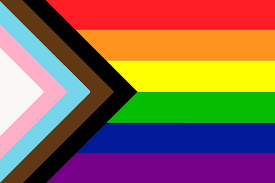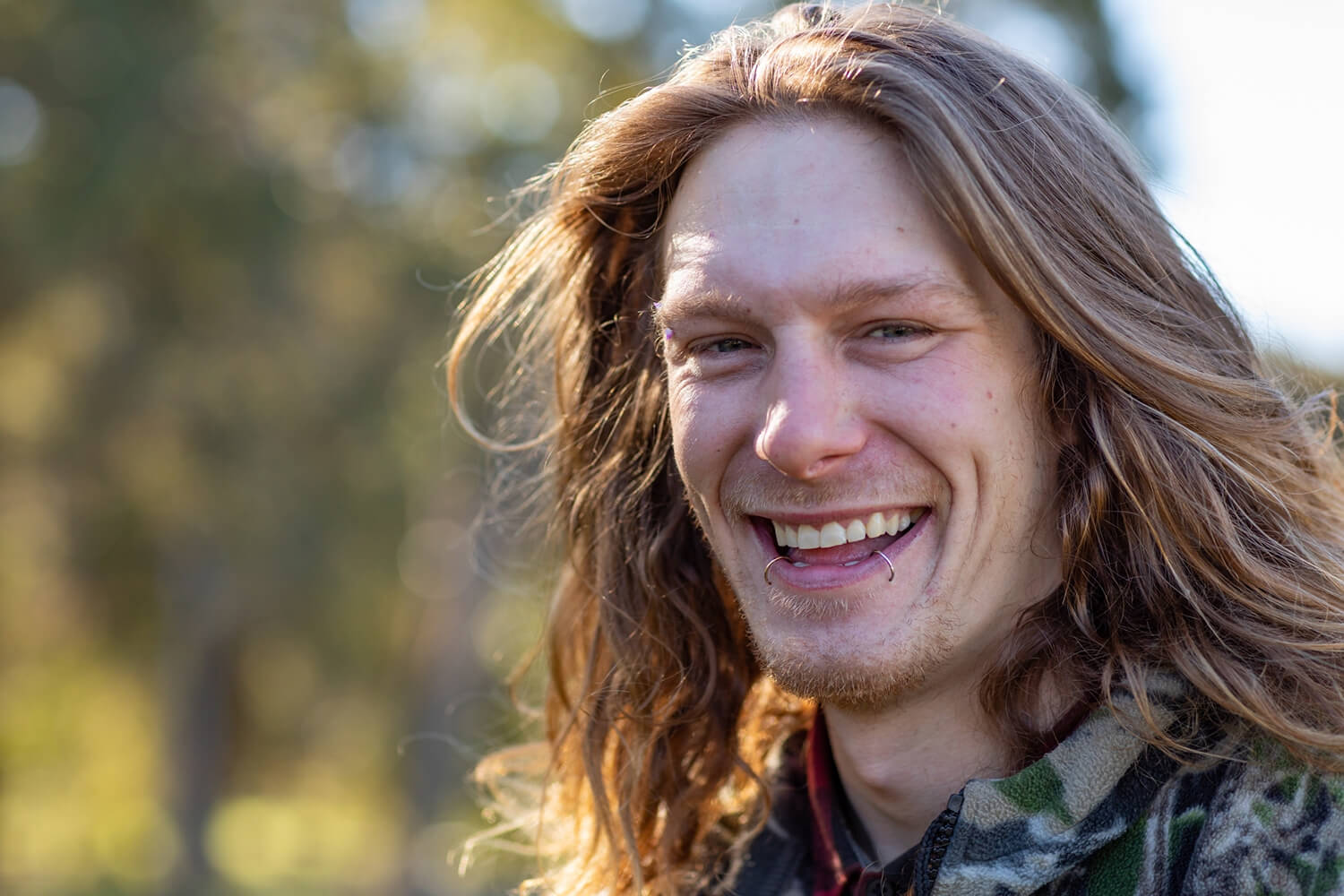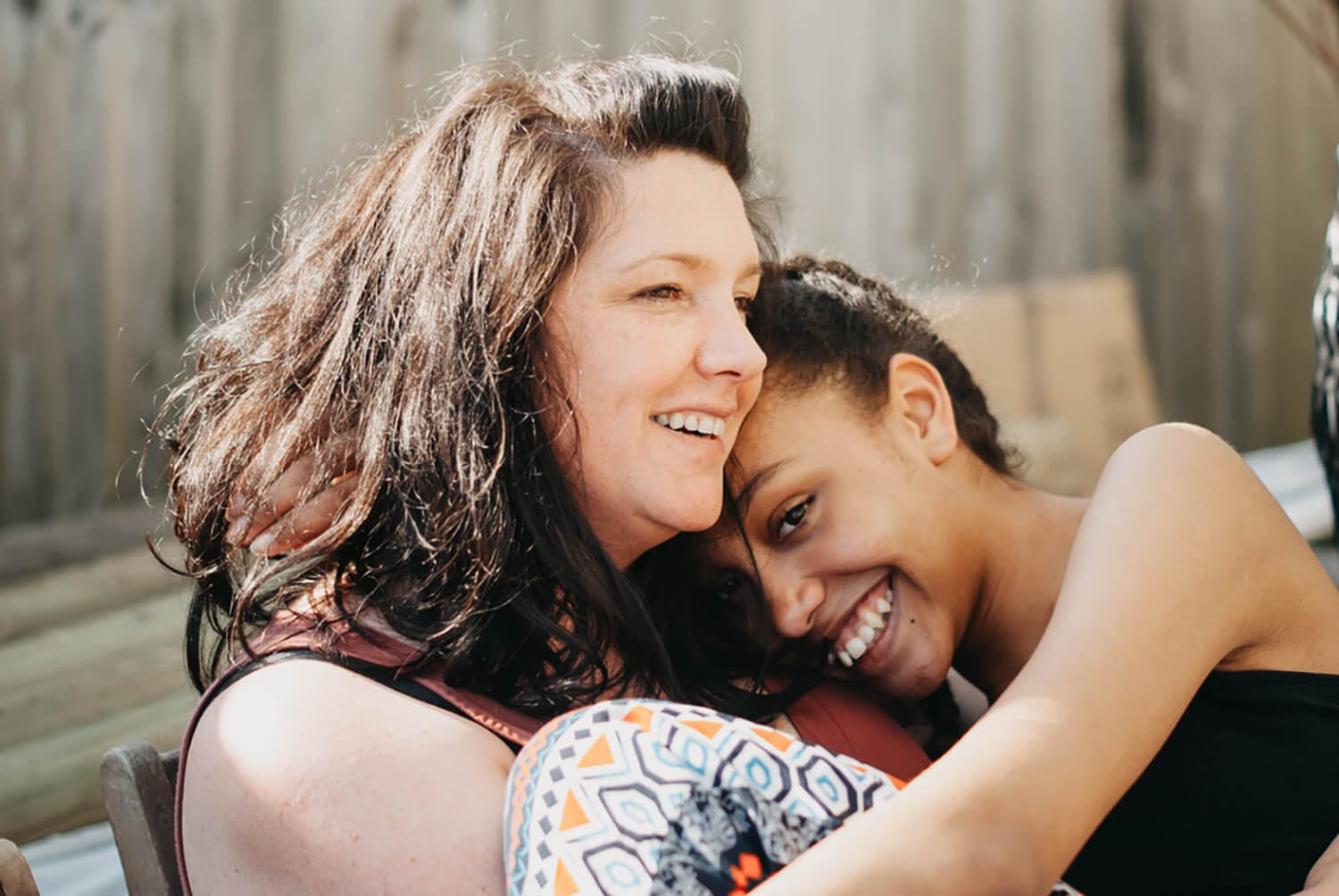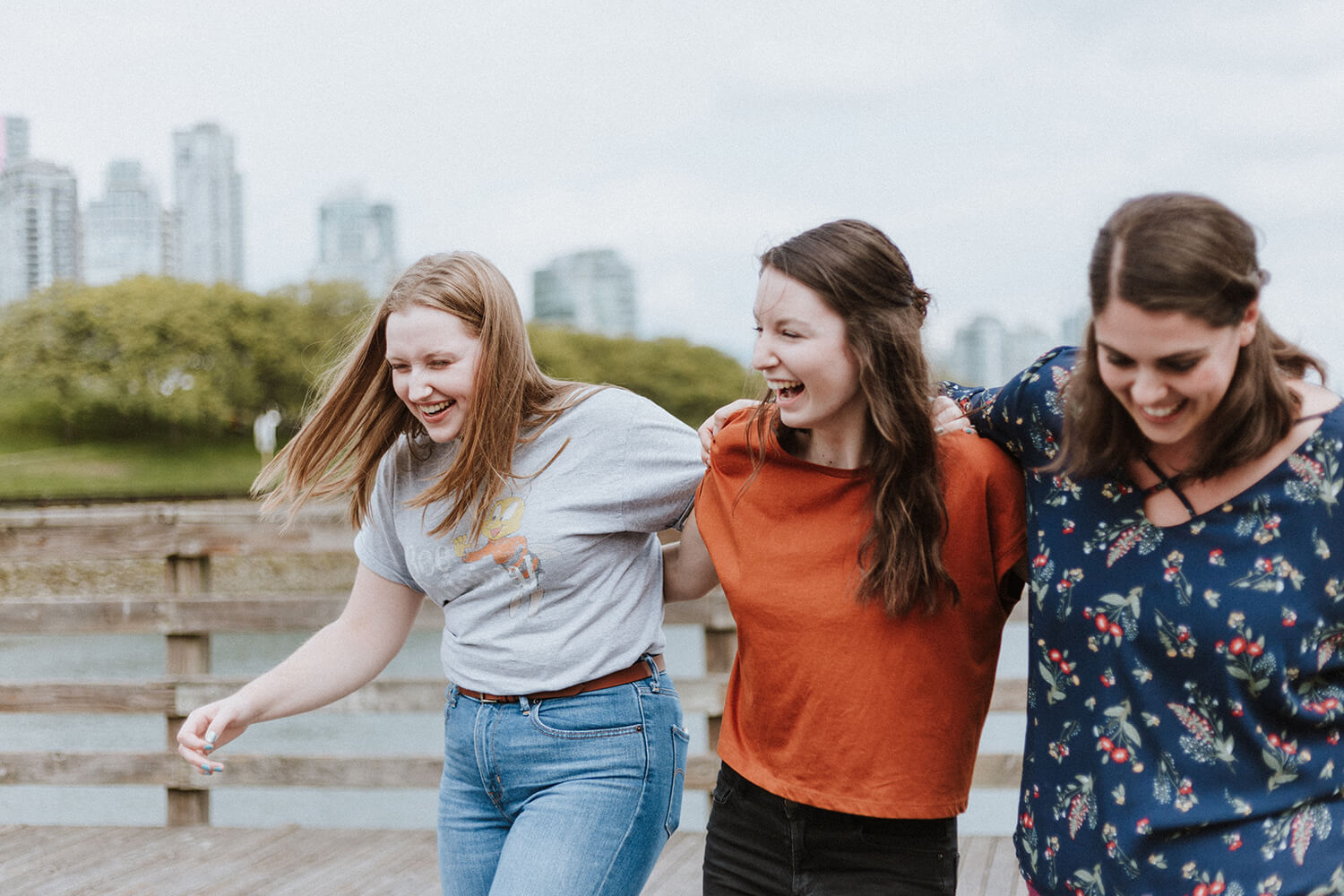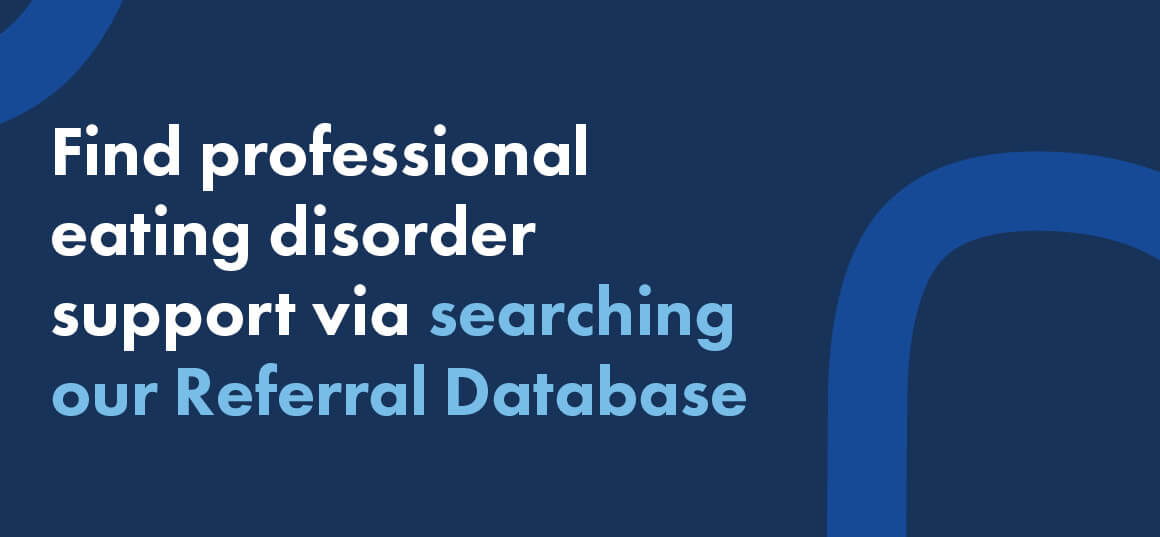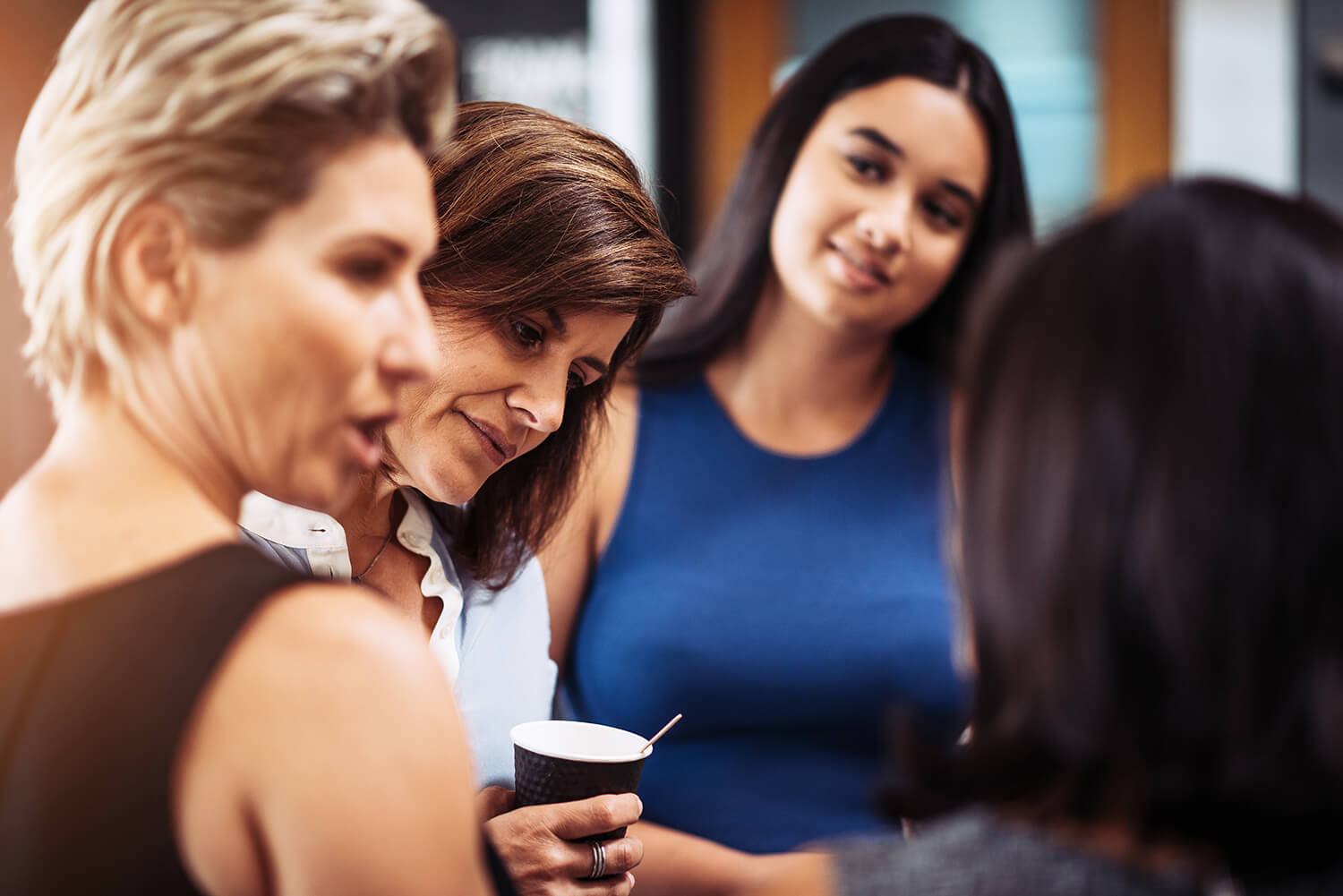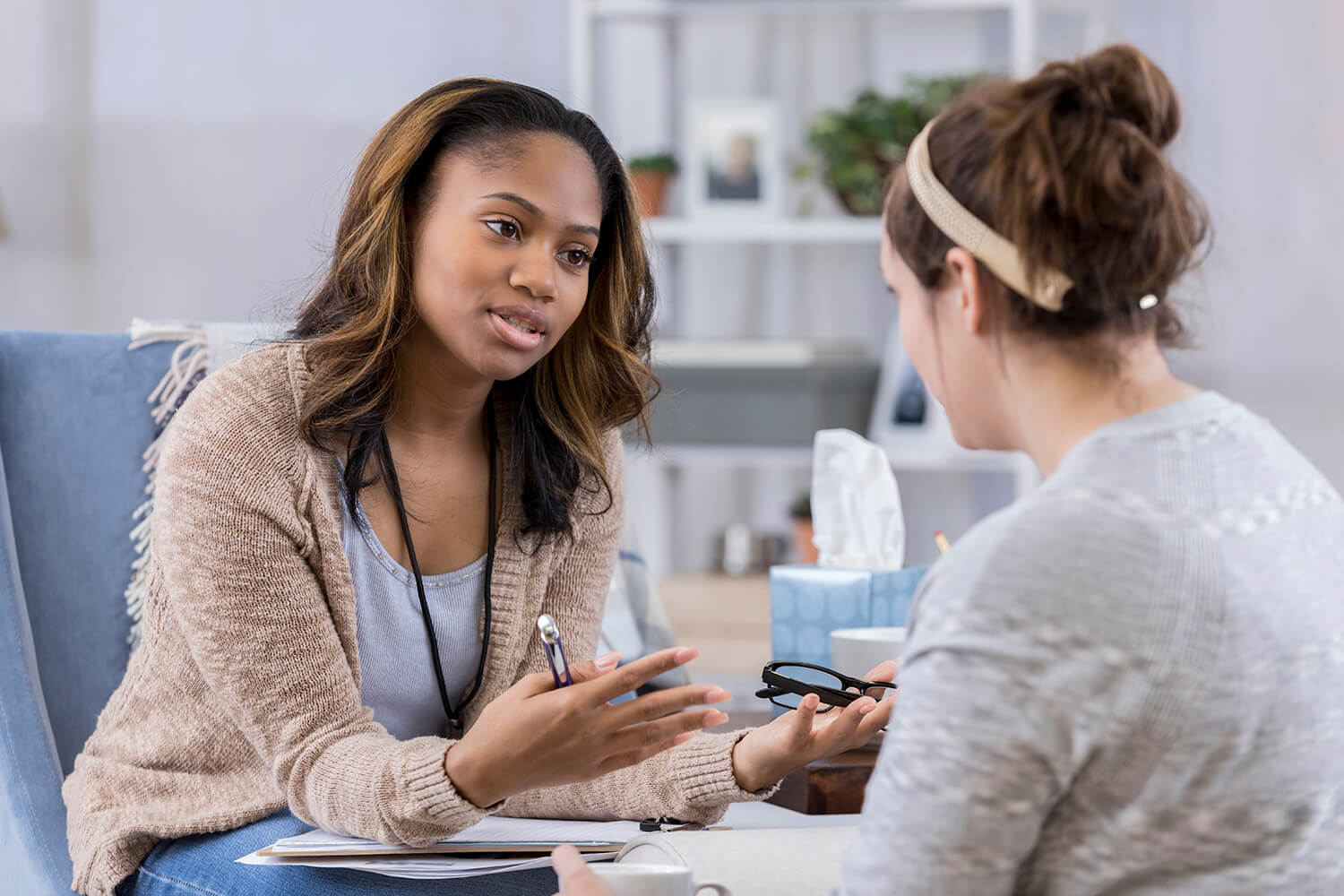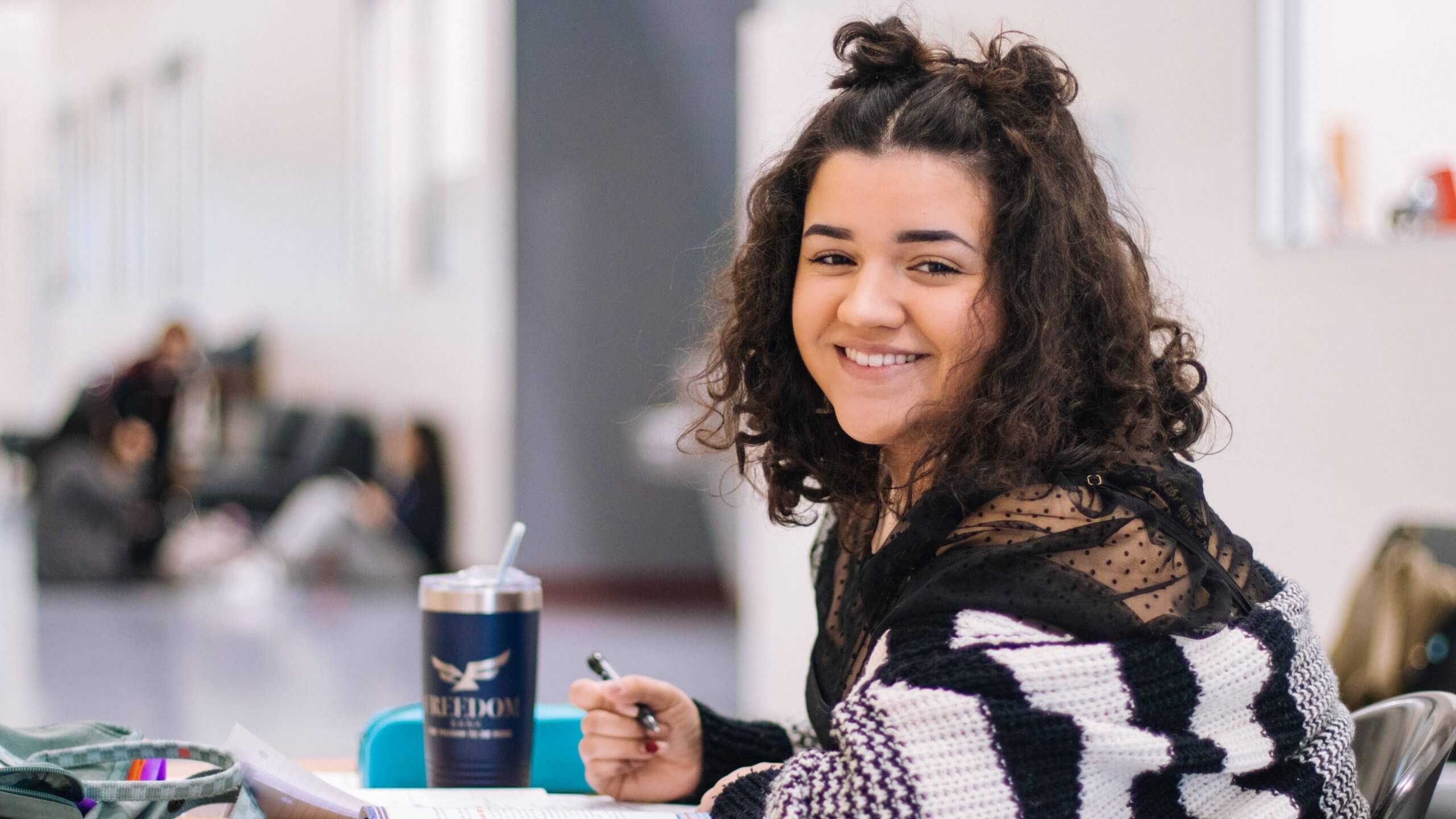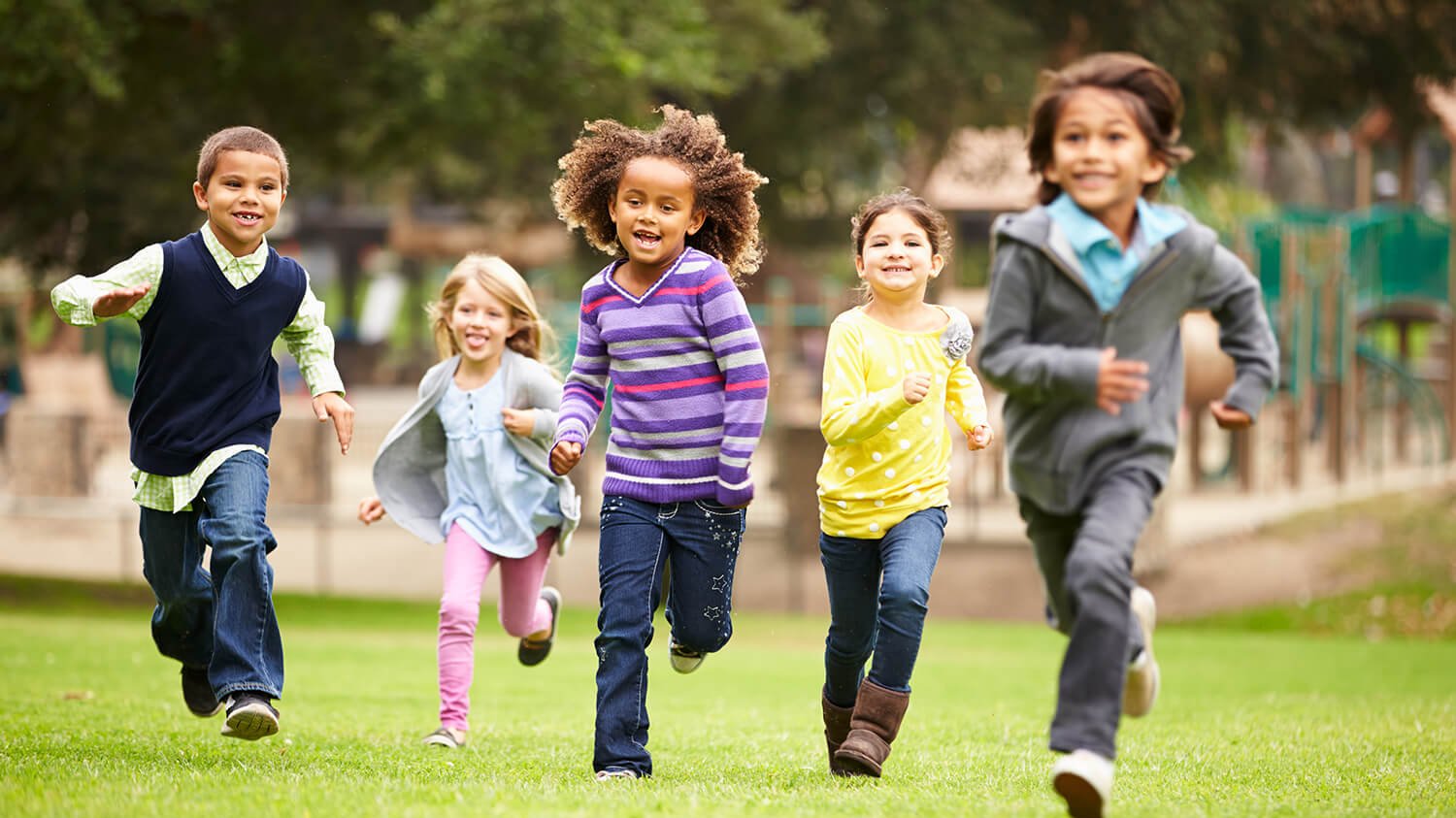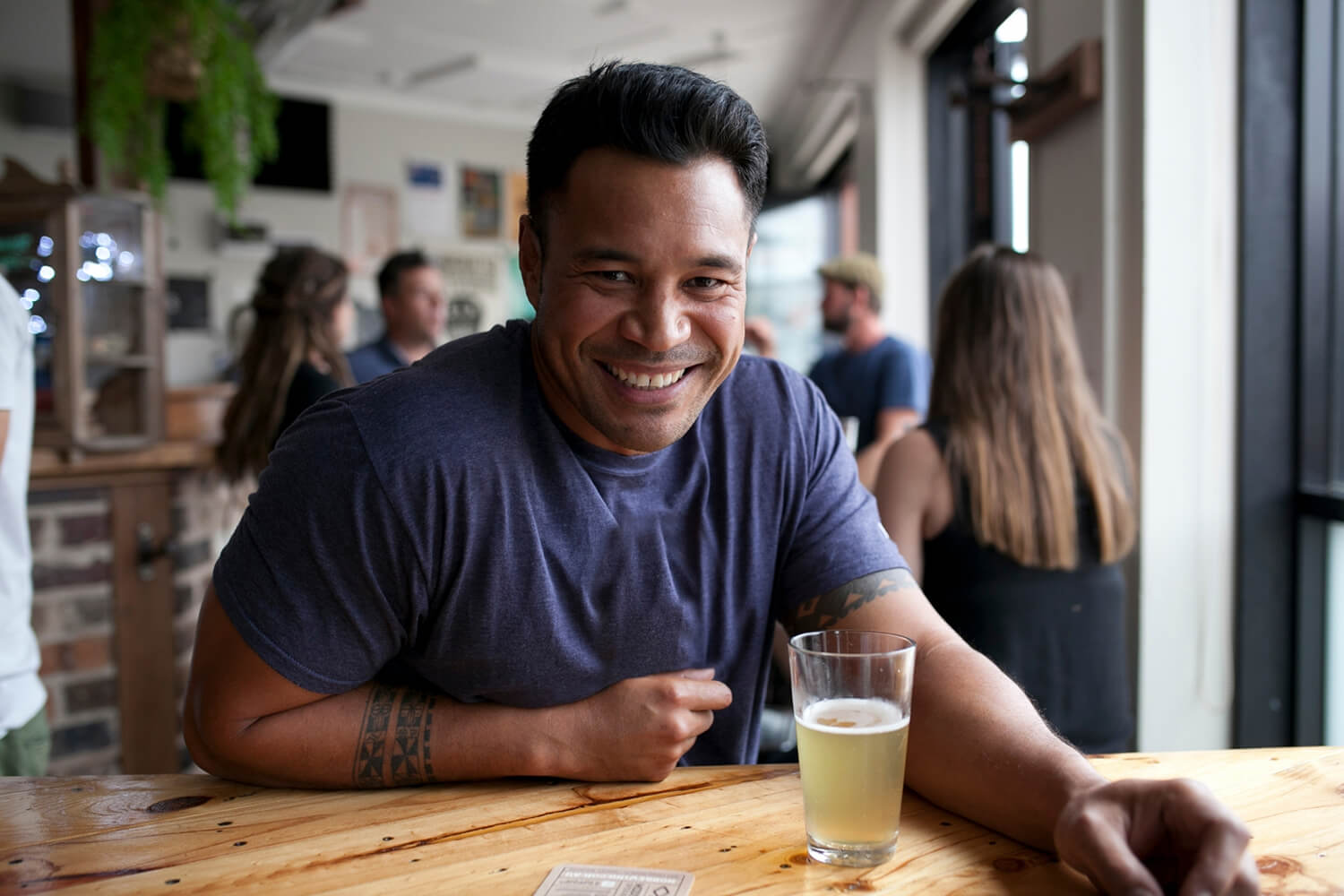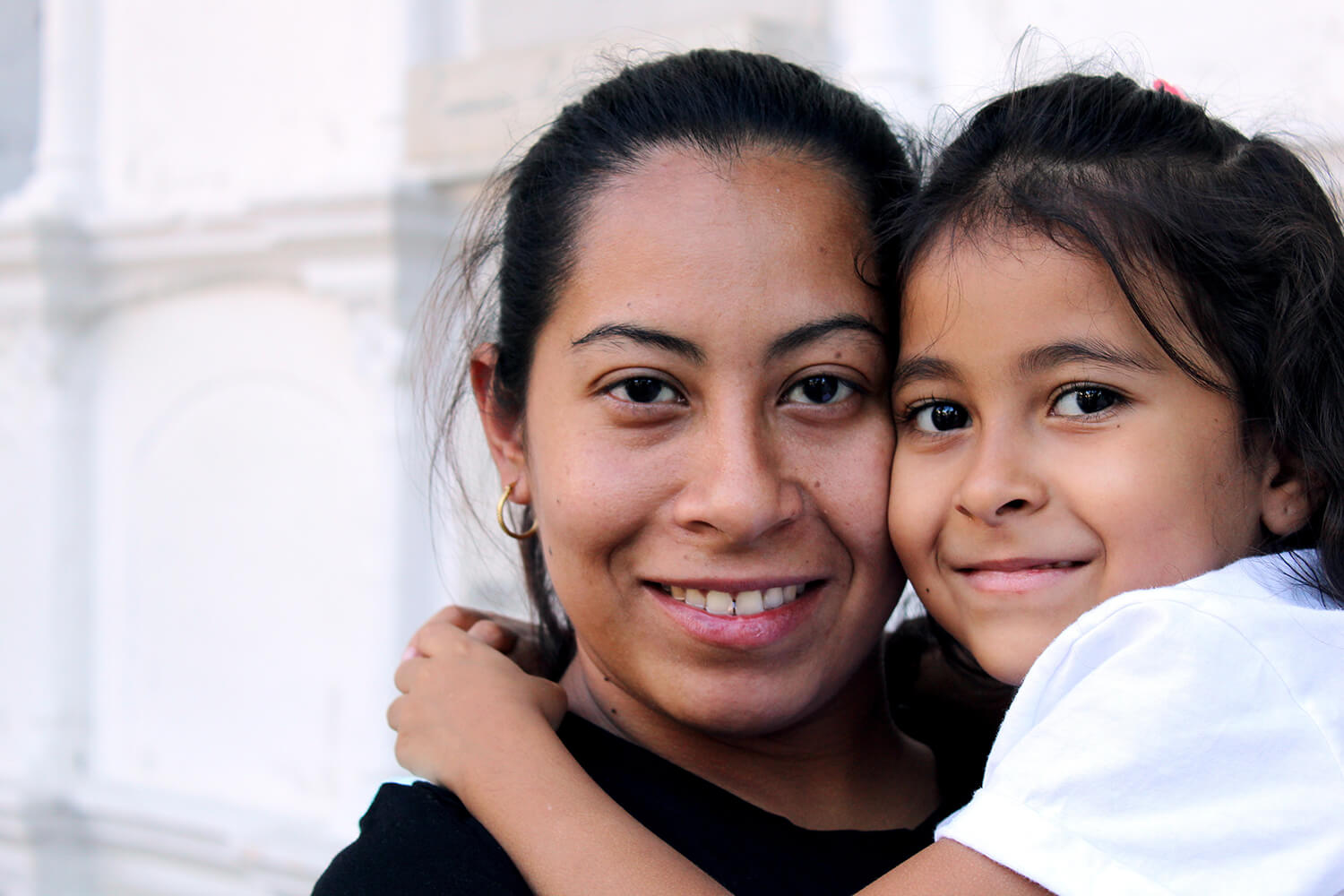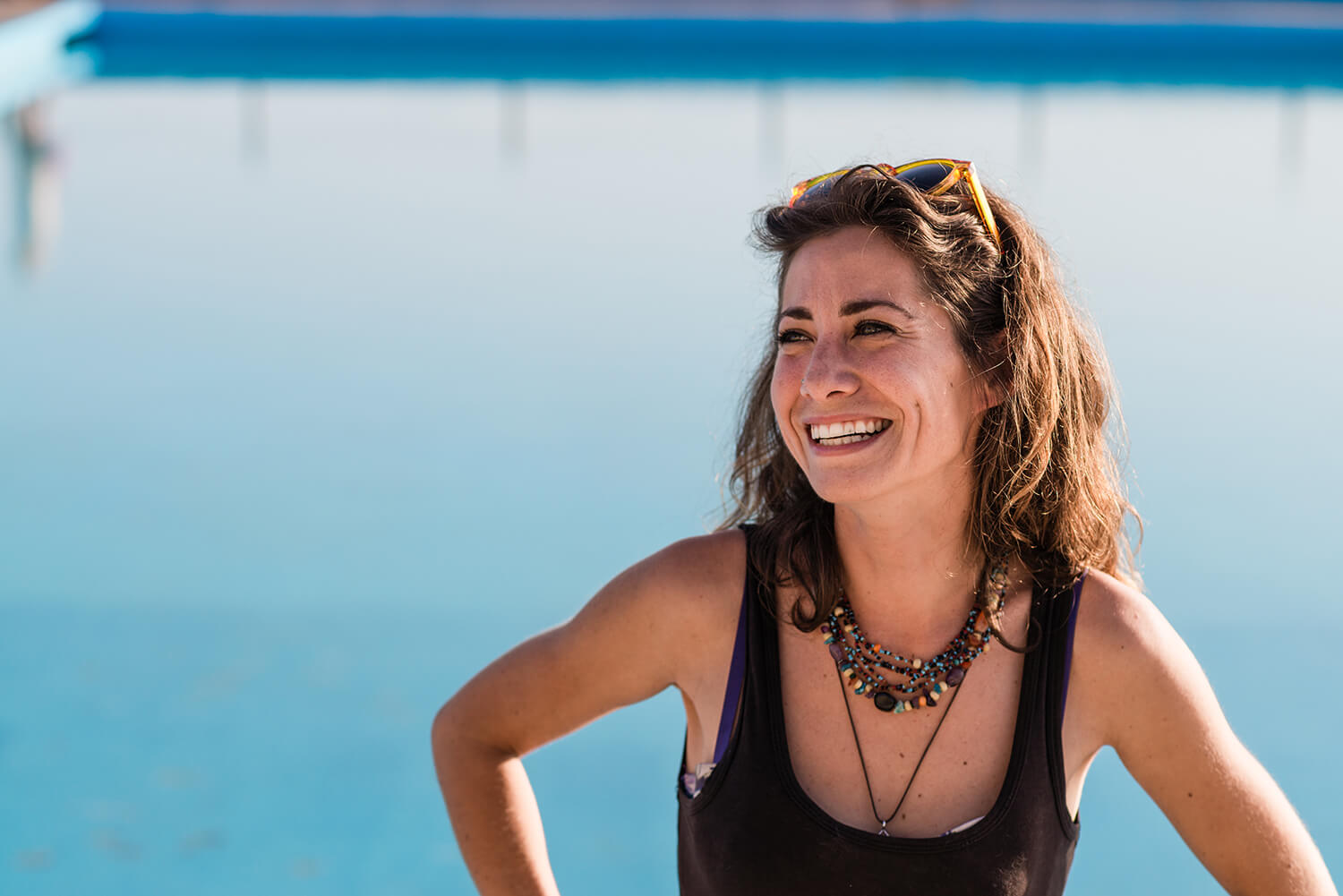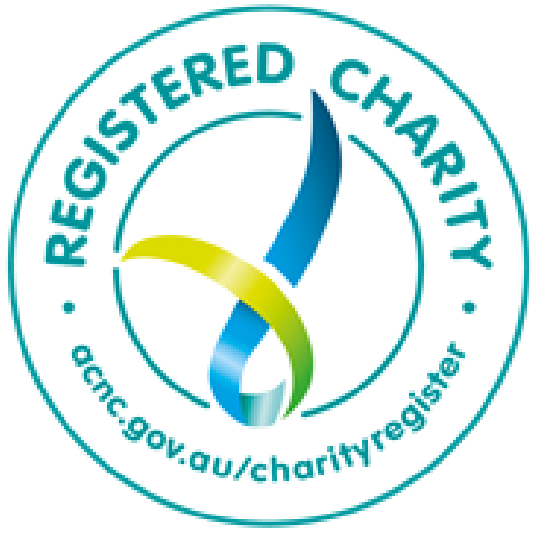Frequently asked questions
Many people understand body image to be all about the way a person looks. More accurately, body image is ‘the perception a person has of their physical self and the thoughts and feelings they experience as a result of that perception’. Above all else body image is a feeling state and so a person can feel satisfied/positive, dissatisfied/negative, a bit of both and even neutral at times about their physical appearance. Some days we might feel comfortable and positive about our body, other days not so much and that is natural and normal. Body image is not static and can be influenced by many things and does relate closely to a person’s self-esteem.
Unfortunately many of the advertisements we are bombarded with in the media and on social present and promote only one body ideal for females and for males. There is limited diversity in the imagery that we see and as a result, when our own body doesn’t measure up in comparison we can be left feeling inadequate and dissatisfied with our own appearance or body shape.
Very strong messages are sent to everyone (males and females of all ages) through the media and online, not only about how we should look, but also about what we should have and how we should behave which places huge pressures and expectations on our society. The appearance ideals seen in the media send the message that Thin/Muscular/Lean = Better/Happier/Successful/Attractive, and conversely that Overweight/Fat = Undesirable/Not good enough/Unhappy/Unsuccessful. This is a dangerous message that is far from true which is why as a society we need to challenge these ideals and remember that people are more than just physical beings.
The media could really help this issue by including images that are more diverse and showcase the reality that body shapes and people come in all different shapes, sizes, weights and skin tones. Highly stylised and digitally manipulated images can also be very misleading, particularly for young people, and so reducing the amount of digital manipulation used by art teams and instead using images that reflect ‘reality’ rather than ‘perfection’ would also be a really great support. If an image is highly stylised or digitally manipulated, including a statement or disclaimer that confirms the image has been enhanced can also help to educate consumers about what they’re really looking at –which is ‘art’ rather than reality.
Often the media will use fuller body shapes as a way to promote positive body image. Unfortunately this too is unhelpful as all it does is promote another ‘shape’ as the beautiful or attractive one, sending the message that if your body doesn’t look this way then it’s not beautiful either. Body image is a feeling above all else and regardless of a person’s weight, shape, size or skin tone they can FEEL positively and comfortable in their own body.
Every person, regardless of their physical attributes or genetics can experience negative body image because it is a feeling state which can be impacted by many things. Often people whose career relies on their appearance can be more ‘at risk’ of negative body image. People in the public eye and models constantly have their appearance evaluated and commented upon, sometimes in a really unkind way.
Body image issue can impact people of all genders, ages and at different stages of their life. Any person may feel dissatisfied or uncomfortable in their own skin as a result of individual and environmental factors. Whilst adolescence is a time where people are susceptible to negative body image, it is not something that consumes all young people.
Making positive changes with food, exercise and attitudes can improve the feelings a person has about their whole self, including their appearance, and it can positively impact on their overall health and well-being. It is important that people adopt food and exercise practices that are maintainable and realistic with ‘health’ as the focus rather than ‘weight loss or weight management’. The weight loss and fitness industries use advertising and marketing that make promises suggesting that the solution to a person’s body dissatisfaction and life’s challenges can be ‘fixed’ simply by losing weight. This is incorrect and unfortunately once someone starts engaging in unhealthy practices with food and exercise (dieting, supplementation, or weight loss driving behaviours around eating and activity) it actually can move them to a more negative/unhealthy place in body and mind.
In years gone by it was very much thought that body image issues and eating problems were just a female thing and something that rarely affected males. Sadly, due to the pressures and ideals that exist within our society more males are experiencing body dissatisfaction and engaging in unhealthy practices with food and exercise as a way to manage these negative feelings. It’s important that we raise awareness of these issues in males to help reduce stigma and encouraging help seeking.
Eating Disorders are serious and complex mental and physical illnesses that develop due to lots of different reasons. These include psychological, biological, environmental and socio-cultural factors (see the eating disorders information on Butterfly’s website). When a person is suffering from a clinical eating disorder there is much more to it than them wanting to simply look like the images they see in the media. There are far greater and deeper psychological and social issues at play. The media is a significant socio-cultural factor in the development of body dissatisfaction, but for a clinical eating disorder to develop there are many more factors that contribute.
If you, a friend or loved one requires support please contact:
Butterfly National Helpline
Monday to Sunday from 8am – Midnight (AEST)
1800-33-4673 (1800 ED HOPE)
E: support@butterfly.org.au


